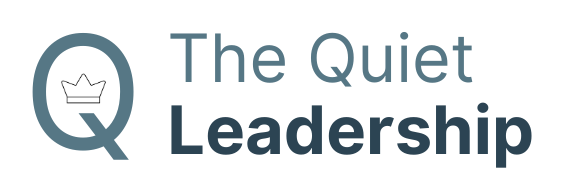Remember the glorious days from the late 90’s, when the founder would pitch the deck, and by the time they had walked out of the building, the venture partner would rush behind and give the investment terms?

It did not matter then as of now, whether the founders can spell out key functions that should exist in a business, could explain how to build a company culture, had any experience in scaling a product from 0 to 1 (with respectable revenue), or could even write a half decent job description. There was just too much venture money chasing dot com and internet infrastructure startups.
Unsurprisingly, the cycle has turned full circle and lofty days are back with a vengeance. Armed with the experience of an experimental project, plucked out from a gazillion unbaked engineering projects ongoing at any point in corporations or in open source, any junior to mid-level developer/manager can ride the hype cycle of AI and raise serious dollars from respected venture investors for their startups. It adds even greater sparkle when the magnificent 7 or a unicorn is part of the founder’s resume. Undoubtedly, it is an opportunistic moment for entrepreneurs.
But is the same true for institutional investors? In the current gold rush of AI, the common sense of deeply asking “Why is it a business?”, “Can this team build a business?”, or “What is the competitive moat?” has been brushed aside. Bets are being placed far and wide. Statistically, the chance of picking a winner goes up when bets are plentiful and are routinely placed. Yet, unlikely to give a meaningful return to the vast majority of those undertaking the investment risks.
As history teaches us, a lucky few entrepreneurs will find the glory and many will disappear in a whisper. The amusing stories will be told and excesses of the time will be narrated as cautionary tales to guard against future greed. Alas, history has a strange way of repeating itself, for there will be something anew in times to come, even more, lustrous and evocative – and the cycle will go on albeit with a new set of characters. This is the way of the world.
Discover more from The Quiet Leadership
Subscribe to get the latest posts sent to your email.

